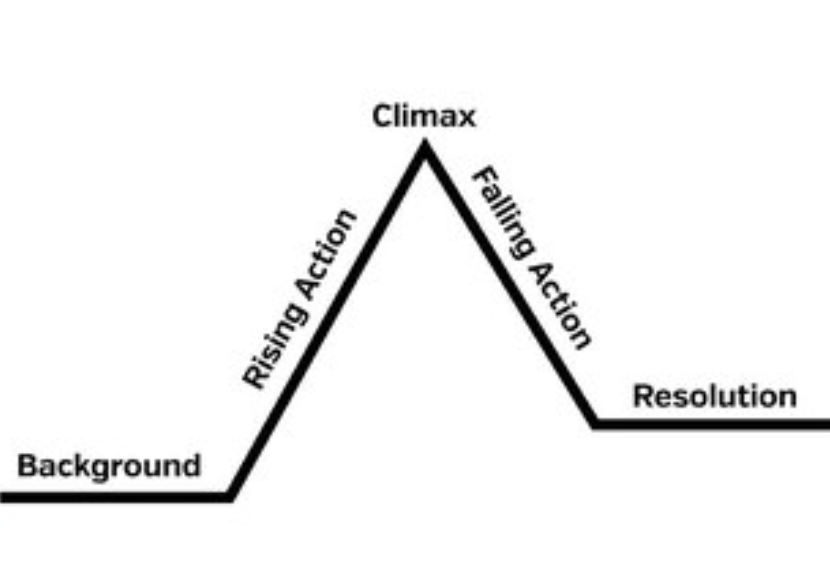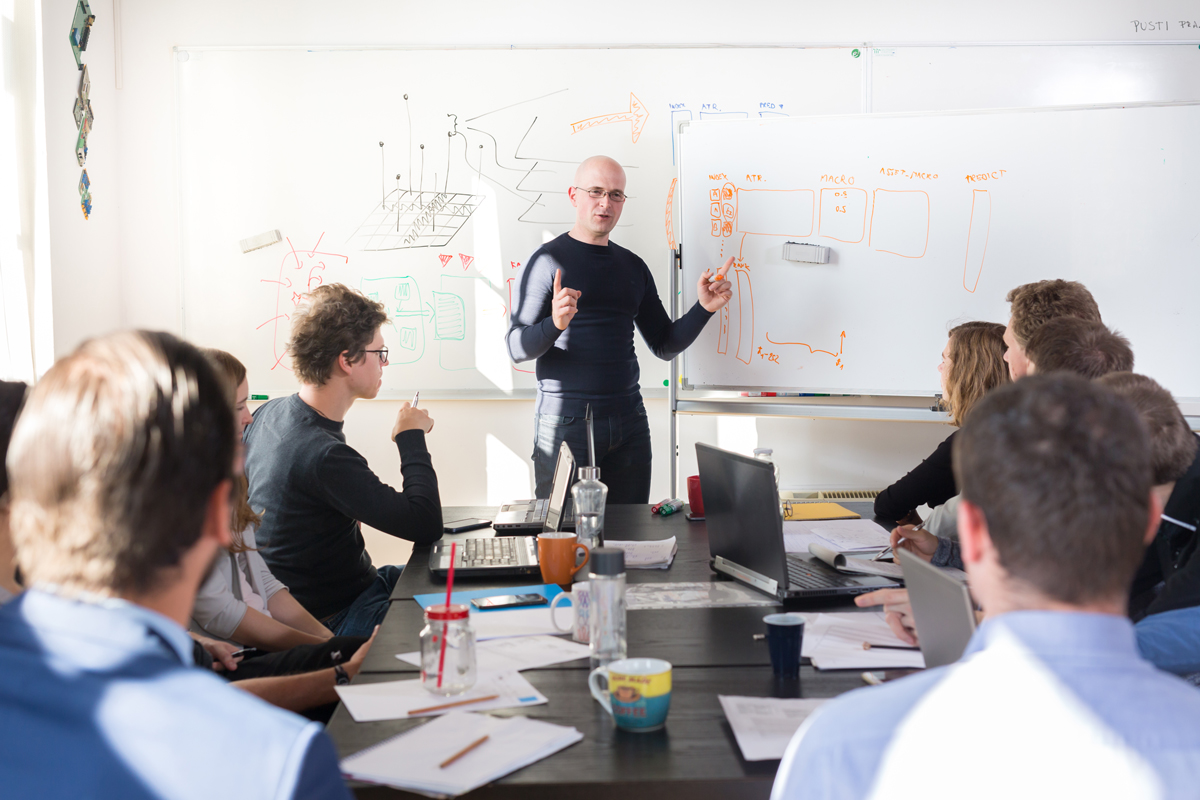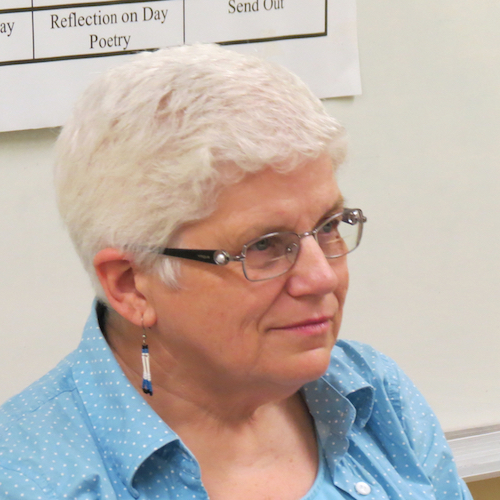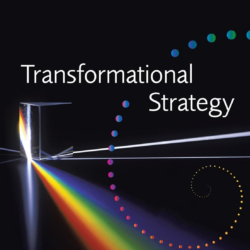IAF Competency D2: Facilitate Group Self-Awareness about its task
Vary the pace of activities according to needs of group

Have you experienced the feeling of satisfaction and completion at the end of a good story, play, ballet or symphony and wondered how it was put together – the slow quiet bits, the highly energetic sections, the building of tension toward the high point and then bringing to conclusion? All the time the writer, director, or conductor keeps the flow moving to the conclusion. If you had to put the book down or leave the play in the middle, things feel incomplete. It seems that art models the human experience of the flow of a satisfying event.
This insight can be used to design a facilitation event to create a sense of flow, movement, and satisfying completion of a task. In a symphony, after the overture that sets out the overall theme, the first movement is often light, the second is often a deeper and more complex exploration, and the third is quick leading to a conclusion. Each section is whole in itself, but also contributes to the other sections to form a complete experience.
In facilitation, start with a clear (but not exhaustive) context sharing sufficient background, the aims of the session and an overall picture of the process and timing. Then think through how much time to spend on each participatory process to help a group move through the dance of thinking through and coming to resolution. Hold in mind the aim of the event and the time you have to accomplish it. When you are facilitating, keep in mind the flow that will keep the group engaged productively. If you find the group lagging or distracted, consider what you can skip or substitute that will keep the group engaged while continuing the natural flow. If you have the whole picture of the process in front of you, you can vary the pace and substitute participatory activities as the group needs them as you keep your eye on the time each section is taking toward the result.
Imagine the facilitator role as a conductor, bringing out the quiet voices, calming the loud voices, while taking the group through a journey to a harmonious result.
When the session is over, the participants will experience that the event has been satisfying as well as productive.
You can learn how to use this thinking in the courses Meetings that Work and Art and Science of Participation.






